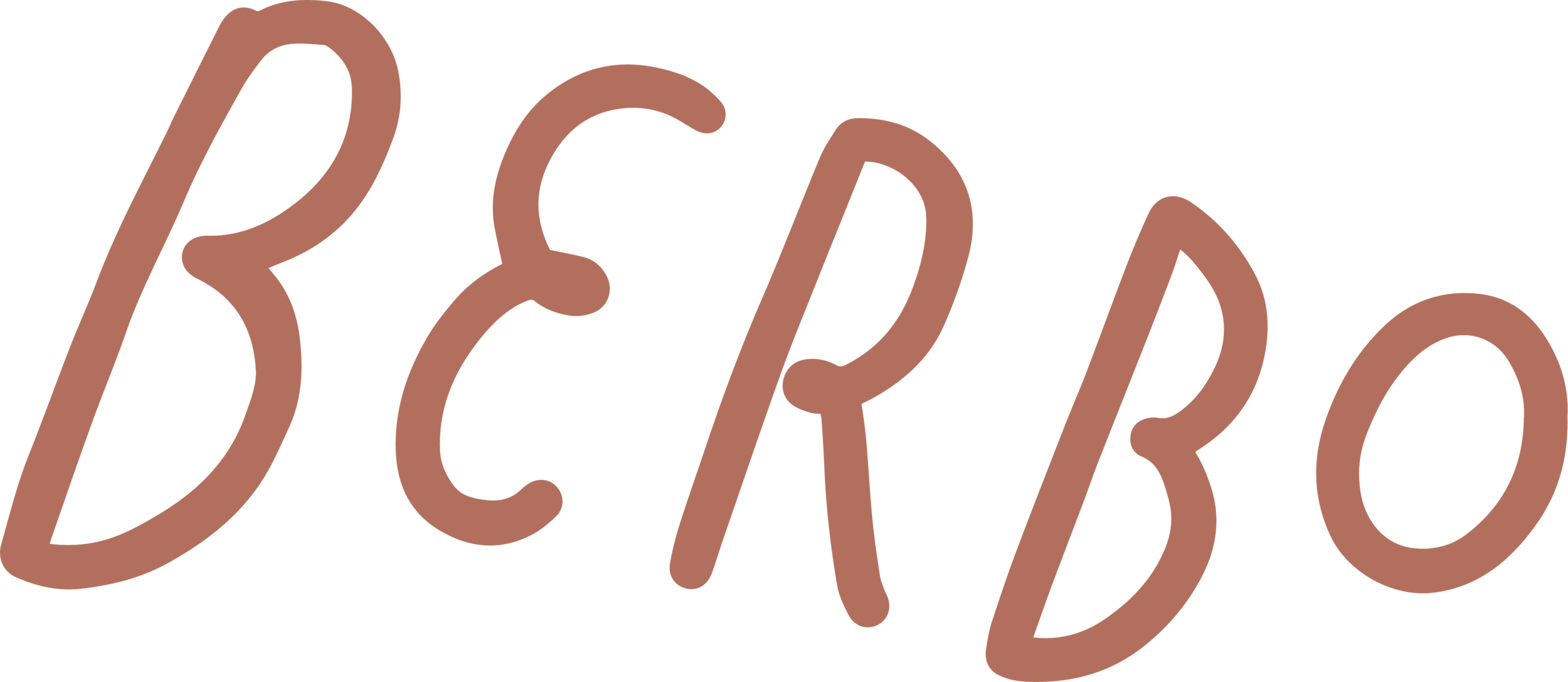NATURAL DYES IN THE WILD
California Non-Native
& Invasive Dye Plants
Acacia spp.
Some (Australian) species invasive in California
Strong tannin in bark
Most species & parts have dye potential; leaves, stems, bark, flowers, pods
Butterfly bush (Buddleja davidii)
On invasive “watchlist” in coastal California
Dye with flowers, leaves, stems
Castor (Ricinus communis)
Seeds are highly poisonous; original source of ricin
Dye with leaves and stems
Non-native, found in Southern & Central California
Curly dock (Rumex crispus)
Dye with dried seeds and pods
Non-native, found throughout California
Dyer’s woad (Isatis tinctoria)
Invasive in Northern & Central California
Historical dye plant; likely a dye garden escapee
Powerful blue dye; can also be prepared for pink/peach tones
Eucalyptus spp.
Some species invasive in California
Strong tannin; dye with all parts of the tree (leaves, stems, bark)
All species have dye potential
Fennel (Foeniculum vulgare)
Invasive in coastal California
Strong flavonoid (yellow) dye
Whole plant dye-potent
French broom (Genista monspessulana)
Dye with yellow flowers
Invasive throughout California
Garland daisy (Glebionis coronaria)
Invasive in coastal California
Powerful yellow to orange dye from flowers and stems
Himalayan blackberry (Rubus armeniacus)
Agricultural escapee, invasive throughout California
Dye with flavonoid- and tannin-rich leaves and stems
Pink pepper tree (Schinus molle)
Traditional Quechuan dye
Dye with leaves and stems (wear gloves, possible allergens)
Pokeberry (Phytolacca americana)
Requires acidic pH for dyeing; semi-stable pink color
Great for making ink
Non-native, found throughout California
Purple loosestrife (Lythrum salicaria)
Invasive in wetland habitats; do not disturb to collect
Dye with flowers and stems; gray to black with iron
Ragwort (Jacobaea vulgaris)
Dye with flowers
Non-native, found in Northern California
Scabiosa/pincushion (Scabiosa atropupurea)
On invasive watchlist, found in central and southern California
Flowers have powerful/somewhat stable anthocyanin dye (green, blue, purple)
Scotch broom (Cytisus scoparius)
Dye with yellow flowers
Invasive throughout California
Sourgrass (Oxalis pes-caprae)
Powerful yellow to orange dye (and red eco-prints) from flowers
Invasive in California
Spanish broom (Spartium junceum)
Invasive in California
Found widely in coastal & mountainous areas
Dye with (delicious smelling) yellow flowers
Traditional fiber plant of the Mediterranean Basin
Sticky snakeroot (Ageratina adenophora)
Invasive in California riparian ecosystems
Sold commercially as dye extract “eupatorium”
Dye with leaves and stems
Only harvest when dandelion-like seeds are not present (main vector of spread)
Stinging nettle (Urtica dioica)
Dye with leaves (collect with gloves; leaves have stinging trichomes)
Requires copper dye pot for semi-stable color
Tansy (Tanacetum vulgare)
Dye with flowers
Moderately invasive in northern coastal California
Tree of heaven (Ailanthus altissima)
Dye with leaves and stems
Invasive throughout California
Yellow toadflax (Linaria vulgaris)
Yellow dye from flowers
Invasive mostly in Northern California
CALIFORNIA Native
Dye Plants
Black walnut (Juglans californica)
Southern California species on endangered watchlist
Hulls of walnut make tan dye
Native Californian basketry dye
Coffeeberry (Frangula californica)
Strong yellow dye from leaves & stems
Elderberry (Sambucus mexicana)
Native Californian basketry dye
Combination of fruit & leaves, fermented, make semi-stable gray-purple dye
Laurel sumac (Malosma laurina)
Leaves and stems contain strong tannin
Both mordant and dye
Oak (Quercus spp.)
Strong tannins in galls, acorns, bark
Native Californian basketry dye
Both mordant and dye
Prickly pear (Opuntia spp.)
Semi-stable purple dye from fruit; stronger if fermented
Cochineal (parasitic insects) nest on cactus paddles; historical colorfast pink/red dye
Sagebrush spp. (Artemisia californica, A. tridentata)
Leaves and stems make strong yellow dye
A. tridentata is a historical Navajo dye
Toyon (Heteromeles arbutifolia)
Leaves and stems make yellow to orange dye
Fermentation strengthens color
Wild tarragon (Artemisia dracunculus)
Leaves and stems make strong yellow dye
Garden & Kitchen Dyes
Flowers:
Coreopsis
Hollyhock
Marigold
Zinnia
Herbs:
Fennel
Rosemary
From the kitchen:
Avocado pits & skins
Black tea
Carrot greens
Pomegranate skins
Yellow onion skins
